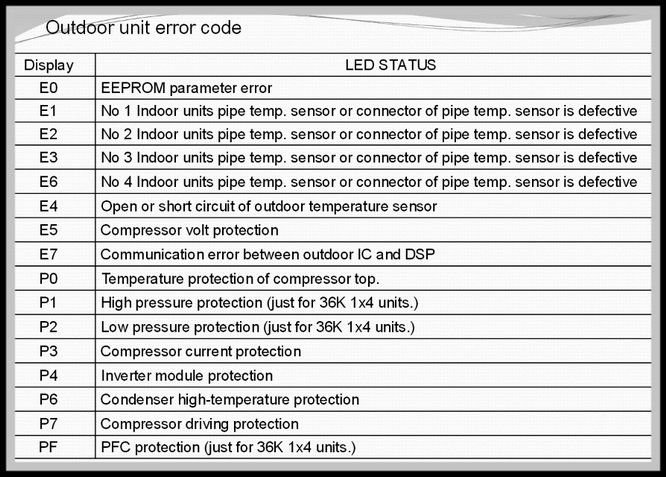
Error codes like OE are your air conditioner’s way of communicating that something’s amiss. Think of it as your appliance’s version of a panic button, letting you know it needs some attention. Understanding these signals can help you diagnose problems quickly and often fix them without needing to call an expensive repair service. Let’s unravel the mystery behind the OE error code, what causes it, and how you can go about fixing it.
Understanding the OE Error Code
So, what does the OE error code on your GE air conditioner actually signify? In the world of GE air conditioners, the OE error typically means there’s an issue with the unit’s water drainage system. Imagine pouring water into a bottle but forgetting to open the cap; eventually, it’s going to overflow. Similarly, your air conditioner is telling you that its internal “bottle” is full, and it needs to be emptied.
When your air conditioner runs, it not only cools the air but also removes moisture from it. This moisture collects inside the unit and needs to be drained. If the water isn’t draining properly, the air conditioner can’t operate efficiently, leading to that OE error code flashing on your display. It’s like when you’re driving with the parking brake on—it’s just not going to work as it should.
Now that you know what’s wrong, you’re probably wondering, “Why is the water not draining?” This could be due to a number of reasons such as a clogged drain line, a malfunctioning pump, or even the unit being tilted the wrong way. But don’t panic just yet! We’ll walk you through some simple checks and fixes in the next part.
Checking for Common Causes
Before you start taking apart your air conditioner, there are a few simple checks you can do. First on the list is ensuring that the unit is properly tilted. Many air conditioners, especially window units, require a slight tilt towards the outside to allow water to drain effectively. It’s like tilting a glass to pour out the last drops of water—simple yet effective.
Next, let’s talk about the drain line, which can be easily compared to a straw. If it’s clogged, water won’t flow through no matter how hard you try. Look for any visible blockages in the drain line or tray. If you find any gunk or debris, gently clean it out. You might be surprised how a small blockage can cause a big problem. It’s the little things that can often make the biggest mess.
If the drain line and tilt aren’t the culprits, it’s time to check the drain pump. This component is like your trusty water pump, ensuring that the moisture moves out of the unit efficiently. If it’s not working, you might need to replace it. But before you do, make sure to test it first—sometimes a little cleaning or resetting can bring it back to life.
Resolving the Error: Step-by-Step
Now that you’ve pinpointed the issue, let’s dive into resolving it. If the unit isn’t tilted correctly, simply adjust its position. Prop it up slightly using a support that ensures it tips towards the outside. Pictures might not hang straight, but your room will definitely stay cool!
For a blocked drain line, you can use a long flexible brush or a gentle stream of water to clear any clogs. It’s like using a pipe cleaner—simple, but it does the trick. Always make sure everything is properly connected afterwards to avoid leaks. Regular maintenance can keep these lines clear, much like flossing might help maintain healthy teeth.
Lastly, if the drain pump is faulty, consult your air conditioner’s manual or a professional for guidance on replacing it. While this might sound intimidating, think of it like replacing a worn-out battery in a toy; it’s manageable with the right tools and instructions. Once you’re done, reset your air conditioner and see if it’s back to working order.
Preventing Future Errors
Dealing with error codes can feel like untangling a knot—frustrating, but once solved, you want to avoid it happening again. To keep the OE error at bay, regular maintenance is key. This includes cleaning the filters and drain lines regularly to prevent any build-up that could cause a blockage.
Consider scheduling a maintenance check once a year to ensure everything is running smoothly. It’s like a health check-up for your air conditioner, catching any potential issues early before they become major problems. Also, keep an eye on the positioning of your unit. A slight adjustment now and then can prevent future drainage issues.
If your unit is still covered by a warranty, don’t hesitate to use it if you encounter persistent problems. Think of it as a safety net that can save you time and money. And there you have it — with these tips and tricks, you’re well equipped to handle the OE error code and ensure smooth, worry-free operation of your GE air conditioner. Stay cool!